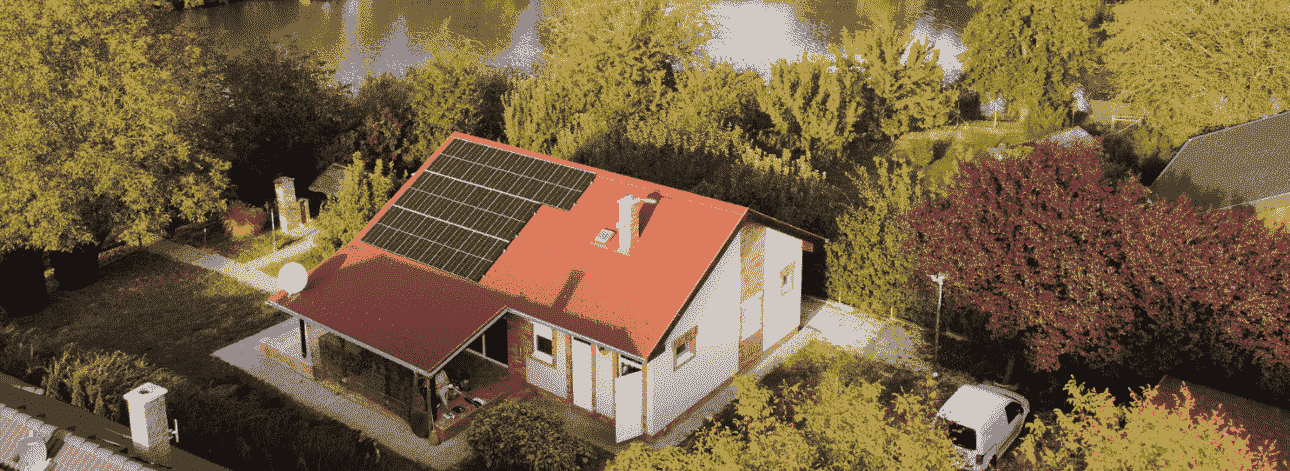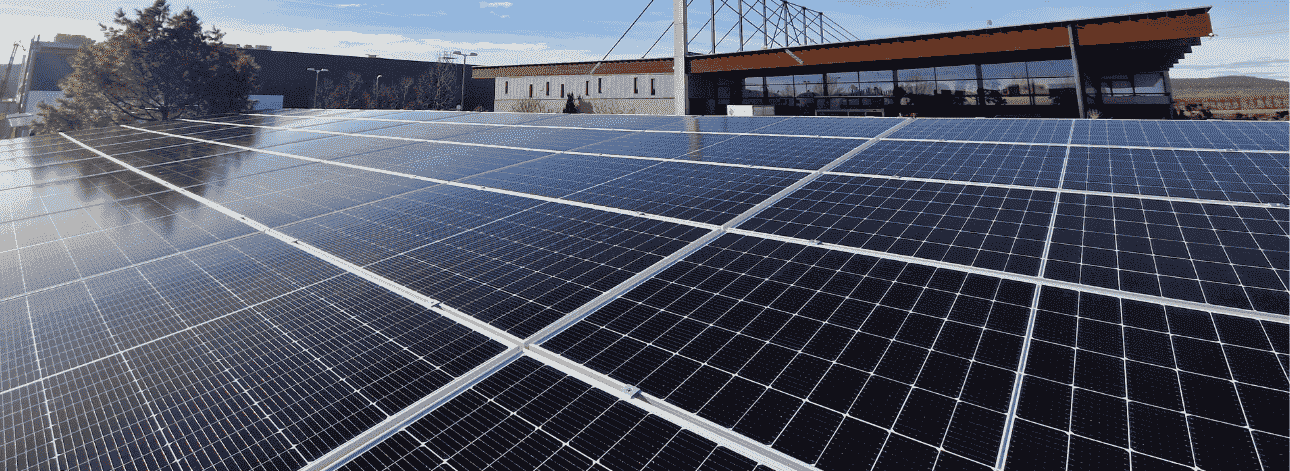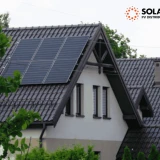Orientation and Tilt Angle of Solar Panels: What Makes Performance Optimal?
Solar Panel Orientation and Tilt Angle: What Makes Performance Optimal?
The efficiency of solar panels is influenced by several factors, but their orientation and tilt angle play a crucial role. A poorly oriented or improperly angled solar panel can lead to significant performance losses. In this article, we will explore how to achieve optimal performance for your solar panels by selecting the correct orientation and tilt angle. We will also discuss how calculators can assist in determining the roof or installation angles.
Ideal Solar Panel Orientation
The orientation of solar panels fundamentally determines how much sunlight they can absorb, directly impacting their energy production efficiency. In Hungary, the optimal orientation is southward, as this allows the panels to receive sunlight almost continuously throughout the day. This ensures the system avoids extended periods without sunlight, which could lead to significant performance losses.
If precise southern orientation is not feasible, slight deviations to the east or west are acceptable, though these result in minor performance reductions. The greatest losses occur with northern orientation, as panels in this direction receive less direct sunlight, particularly during critical hours.

Ideal Solar Panel Orientation on Flat Roofs
For flat roofs, the orientation and tilt angle of solar panels can be adjusted flexibly, as mounting systems can position the panels in the optimal direction and angle. This makes it possible to orient the panels southward, even if the building itself is not aligned in that direction.
Mounting systems also enable the correct tilt angle, which is essential for maximizing solar energy utilization. However, the load-bearing capacity of the building must be considered, as the mounting structures and wind loads on the panels can add significant weight. Additionally, on flat roofs, special attention must be given to minimizing shading on the panels. Proper spacing and height adjustments can prevent one panel from casting shadows on another, which could otherwise reduce performance.
How to Position Solar Panels on a North-Facing Roof
Installing solar panels on a north-facing roof poses challenges, as this direction receives the least direct sunlight throughout the year. In such cases, alternative solutions are needed to optimize performance. One option is ground-mounted systems, which allow the panels to be positioned in the ideal southward orientation.
If panels must be installed on a north-facing roof, mounting systems can sometimes tilt them partially southward. However, this is rarely cost-effective and usually not worthwhile. Only in exceptional cases can adjustments to tilt angle and mounting structures provide sufficient energy yield to justify the investment.
What is the Ideal Tilt Angle for Solar Panels?
The ideal tilt angle for solar panels depends heavily on geographic location and installation goals. In Hungary, the best results are typically achieved with a tilt angle between 30-40 degrees, as this ensures the panels capture the maximum amount of sunlight throughout the year.
When determining the optimal tilt angle, it’s important to consider the changing angle of sunlight during different seasons. A steeper angle is ideal in winter, while a shallower angle works better in summer. However, a fixed angle of 30-40 degrees generally provides consistent energy yields year-round. For those with adjustable mounting systems, seasonal optimization is possible: a smaller angle in summer and a steeper one in winter.
Calculating Roof Size
Roof size plays a fundamental role in designing a solar system, as the available surface area limits how many panels can be installed. When determining the exact dimensions, it’s crucial to account for the total roof size, usable sections, and any shading factors such as chimneys, skylights, or antennas.
It’s essential to arrange the panels with enough spacing to minimize shading, particularly for low tilt angles. The placement of the inverter and cabling should also be considered, as these can affect the installation layout and system efficiency.
At SolarKit, we use specialized software to design panel layouts, employing 3D modeling to accurately simulate the roof and building. This enables us to account for orientation, tilt angle, and potential shading effects when planning the system. Along with the quote, we provide a detailed annual yield forecast to help our customers better understand the expected return on investment. Our goal is to ensure the system is installed with the best placement and performance possible.

How Can a Solar Panel and Roof Tilt Angle Calculator Help?
A solar panel tilt angle calculator is a valuable tool for planning the installation process. These calculators, available in simpler free online versions or professional-grade software used by experts, enable precise calculations based on tilt angle and orientation, while considering geographic location, shading, and roof conditions.
With these tools, it’s easy to determine the optimal tilt angle for solar panels, maximizing annual energy yield. Additionally, they can quantify performance losses from suboptimal angles or orientations, aiding decision-making when roof conditions are not ideal. Some calculators even incorporate weather data and sunlight hours to provide a more accurate performance projection.
In Summary: What to Consider for Solar Panel Orientation?
The orientation and tilt angle of solar panels are key factors in maximizing the efficiency of the system. In Hungary, the optimal orientation is southward, allowing panels to receive continuous sunlight for most of the day, while the ideal tilt angle typically ranges between 30-40 degrees. Roof conditions, size, and location also play critical roles in planning installation options.
At SolarKit, we use advanced software to design ideal panel layouts, considering orientation, tilt angle, and shading effects. We customize systems to meet individual needs and provide accurate yield forecasts to ensure investments are well-informed. With professional planning, we ensure installations achieve the best possible results.
Learn More About Solar Panel Orientation!
1. Why is solar panel orientation important?
Solar panel orientation determines how much sunlight they receive during the day. Optimal orientation, such as southward in Hungary, ensures the panels are exposed to sunlight for most of the day, maximizing energy production.
2. What is the recommended tilt angle for solar panels?
A tilt angle of 30-40 degrees is generally ideal in Hungary, as it provides balanced energy yields throughout the year. In some cases, adjustable mounting systems allow for seasonal angle adjustments.
3. What if my property’s orientation is not ideal?
If the property is not south-facing or near-south-facing, alternatives like ground-mounted systems or mounting structures can be considered. However, installing panels on a north-facing roof is rarely viable.
4. How can I calculate the usable roof area?
When calculating roof size, consider all available surfaces and shading factors such as chimneys, skylights, lightning rods, or nearby trees. At SolarKit, we use specialized software for accurate panel layout planning.
5. Why choose SolarKit solutions?
SolarKit uses advanced software that factors in orientation, tilt angle, and shading effects to maximize system yield. We also provide an approximate annual yield forecast with every quote, helping ensure a well-informed investment.

